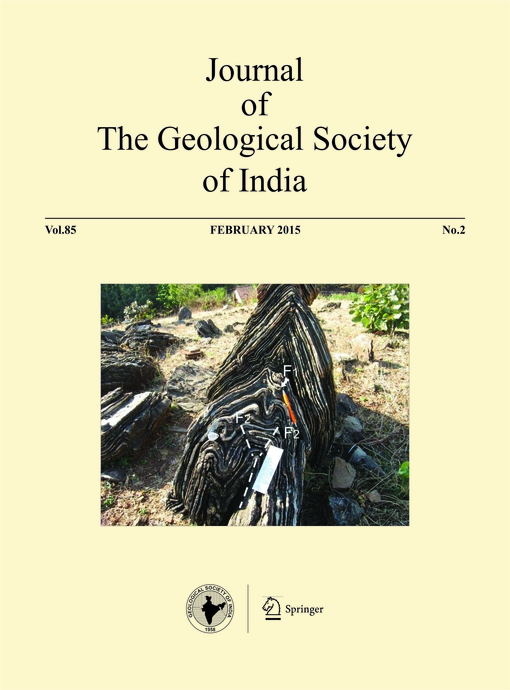MineVue Radar for Delineation of Coal Barrier Thickness in Underground Coal Mines: Case Studies
Keywords:
Inundation, MineVue, GPR, Barrier, Coal, Old Workings.Abstract
Disaster due to inundation is one of the major threats of coal mines. Sudden heavy inrush of high volume of water from the unapproachable and unknown waterlogged workings in underground mines is defined as inundation. There have been several instances of inrush of water due to old galleries getting connected by new development headings, resulting in disasters involving heavy fatalities and loss of machines. This type of disaster has occurred in many coal producing countries and may occur in future until a suitable tool to investigate barriers thickness is in regular use. Directorate General of Mines Safety (DGMS) has stipulated that a safety barrier thickness of not less than 60 m must be maintained between abandoned workings and contemporary mine developments. It has been estimated that a large number of underground coal mines in India are under threat of adjacent unknown waterlogged mine workings. Therefore, evaluation of barrier thickness up to 60 m is essential to prevent mine disasters due to inundations.
Considering the above facts, a new GPR system named MineVue radar is developed having depth of penetration of 60 m subject to geo-mining conditions of Indian coalmines first time in the world. Final trial of the developed MineVue radar system was done at the Kachhi Balihari Colliery in Bharat Cocking Coal Limited (BCCL), Dhanbad. The validation of GPR data in the known mine sites were done with accurate existing mine-plans to establish the reliability and confidence of mine operators, policy makers and safety personnel.
Downloads
Issue
Section
Downloads
Published
How to Cite
References
BENSON, A.K. (1995) Application of ground penetrating radar in assessing some geological hazards: Example of groundwater contamination, faults, cavities. Appld. Geophys., v.33, pp.177-193.
BERES and HAENI (1989) Ground penetrating radar for high resolution mapping of soil and rock stratigraphy. Geophys. Prospect., v. 37, pp.531-551.
COOK, J.C. (1975) Radar Transparencies of Mine and Tunnel Rocks. Geophysics, v.40, pp.865-885.
GRASMUECK, M. (1996) 3-D Ground penetrating radar applied to fracture imaging in gneiss. Geophysics, v.61, pp.1050-1064.
JHA, P. et al. (2004) GPR applications in mapping barrier thickness in coal mines: Some case studies.
MOMAYEZ, M., HASSANI, F.P., HARA, A. and SADRI, A. (1996) Application of GPR in Canadian Mines. CIM Bull., v.89, No.1001, pp.107-110.
RALSTON, JONATHAN, C. (2000) Use of GPR in underground coal mining. Proc. 8th International Conference on Ground Penetrating Radar, Gold Coast, Australia, pp.731-736.
SINGH, K.K.K. (2003) Ground Penetrating Radar Study For Hydrological Conditions Related with Mining Activity. Environ. Geol., Germany, v. 44, pp.20-27.
SINGH, K.K.K. and CHOUHAN, R.K.S. (2000) Stabilization of old unapproachable workings of XIII seam in Kari Jore using ground penetrating radar. Indian Jour. Radio & Space Physics. v.29, pp.88-93.
SINGH, K.K.K. and CHOUHAN, R.K.S. (2002) Exploration of underground strata conditions for a traffic bypass tunnel using ground penetrating radar system-a case study. Geotech. Geol Engg., v.20, pp.81-87.

 K. K. K. Singh
K. K. K. Singh


